Over the course of the next couple of months we’ll be looking at wine lists from all over the province, and talking with Sommeliers about how many of their customers have come to embrace the local juice, as well as the challenges they still occasionally face to this day when presenting Ontario wines to diners and drinkers.
This month we sit down with Darcy MacDonell of Toronto’s Farmhouse Tavern and talk about why he chose to go with an all Ontario wine list.
Good Food Revolution: So you chose to carry an all Canadian (Ontario?) wine list from day one… why was that?
Darcy MacDonall: Yep – Ontario only. I wanted the food, wine & beer to reach across Ontario and where ever I could showcase the great work of local farmers, winemakers, entrepreneurs, small business owners etc…
GFR: How big is your list? How does it breakdown r/w/sp? How often does it change? How much is by-the-glass?
DM: We generally have about 10 whites by the glass (including sparkling, rosé, orange & white wines), another 8-10 options by the bottle. With reds I have 6-7 options by the glass and another 12 bottles. The by the glass price ranges from $10-$18. Bottles range between $45-90, with some magnums fetching $175-200. The list is on a chalkboard which allows me to make a few changes every week.
GFR: What kind of markup does you use?
DM: It depends. A bottle that I’m selling by the glass gets the highest markup but generally speaking double my cost + $5 for most bottles. Supply & demand can lead to an extra $5-10 mark up on some cool stuff.
GFR: What do you find to be the greatest benefits from running such a list?
DM: I love introducing people to the bounty of Ontario and celebrating the people I’ve grown to know and call friends along the way. It fits our concept 100% which is Ontario farm to table. We only sell Ontario craft beers & all our ‘feature cocktails’ showcase Ontario spirits like Dillons for example.
GFR: And what have you found to be the greatest challenges? Was there much pushback? Perhaps there still is?
DM: One challenge is finding varietal variety. It’s easy to get killer Chardonnay and Pinot Noir, sometimes harder to balance out the list with other grapes. That’s part of the fun!
Some people confuse ‘general list’ LCBO wines with the stuff we carry not knowing there are similar but different wines such as LCBO General List Baco Noir vs. Speck Family Reserve Baco Noir.
There is a little resistance. More so maybe with older dinners. The push back has almost disappeared over the years.
GFR: Since you started in the industry how have you seen customers perceptions of Ontario wine evolve?
DM: A huge change! To oversimplify and generalise I’d say that demographically-speaking consumers under 50 are all about local and some older guests aren’t so sure.
A lot of our guests are frequent visitors to the county and Niagara.
I think the LCBO/vintages, for all their faults, have helped the cause a lot.
GFR: Do you still encounter customers who get seriously snobby when it comes to Ontario wines, as in the won’t touch it? How do you deal with that?
DM: Every now and then… maybe twice a month. We always find something. “Worst case” I usually have an option or two in house from local friends that do overseas / out of country projects such as Pearce Predhomme ‘s South African Chenin Blanc, or their Oregon Pinot Noir or something like a Meursault from Moray Tawse and his Marchand-Tawse stuff.
GFR: What do you say to those restaurateurs who proclaim that they can’t make as much money with a local list?
DM: That might be the case for restaurants that need to pocket $75+ on the bottles they sell, but if you have enough options and range you can make it work. I think leading people to be pleasantly surprised generates long term payoffs.
GFR: Have you seen craft beer eat into your wines sales, or do the two happily coexist?
DM: It might affect white wine sales. Guests start with a pint vs. a refreshing crisp white before having a bottle of red with their main course. And patio season definitely means more beer. But with patio comes more rosé sales. Everything is seasonal and pretty consistent.
GFR: What’s exciting you in the world of Ontario wines these days?
“We just did a FARMHOUSE tavern exclusive bottling of Biodynamic Syrah magnums with Southbrook – It’s fun & funky, super quaffable.
“DM: I’m very excited to showcase our organic, biodynamic and natural wines. I’m loving the low intervention stuff. We just did a FARMHOUSE tavern exclusive bottling of Biodynamic Syrah magnums with Southbrook – It’s fun & funky, super quaffable.
I’m super happy about the international attention and critical acclaim Ontario wines are getting. I like seeing wineries try their hand sparkling, ciders, pet-nat wines, etc..
I’m excited that over 50% of guests that do BYOW are bringing in Ontario wines they picked up touring Ontario wine regions – that’s awesome!
GFR: What final words if advice would you give to restaurateurs who are possibly considering an all local list?
DM: Jump in with both feet. It breaks my heart a little to go to ‘Canadian’ restaurants and struggle to find one Ontario wine by the glass.
GFR: Thanks so much for your time… and great job BTW!

Edinburgh-born/Toronto-based Sommelier, consultant, and writer Jamie Drummond is the Director of Programs/Editor of Good Food Revolution… And he has to revisit the Farmhouse Tavern sometime soon.

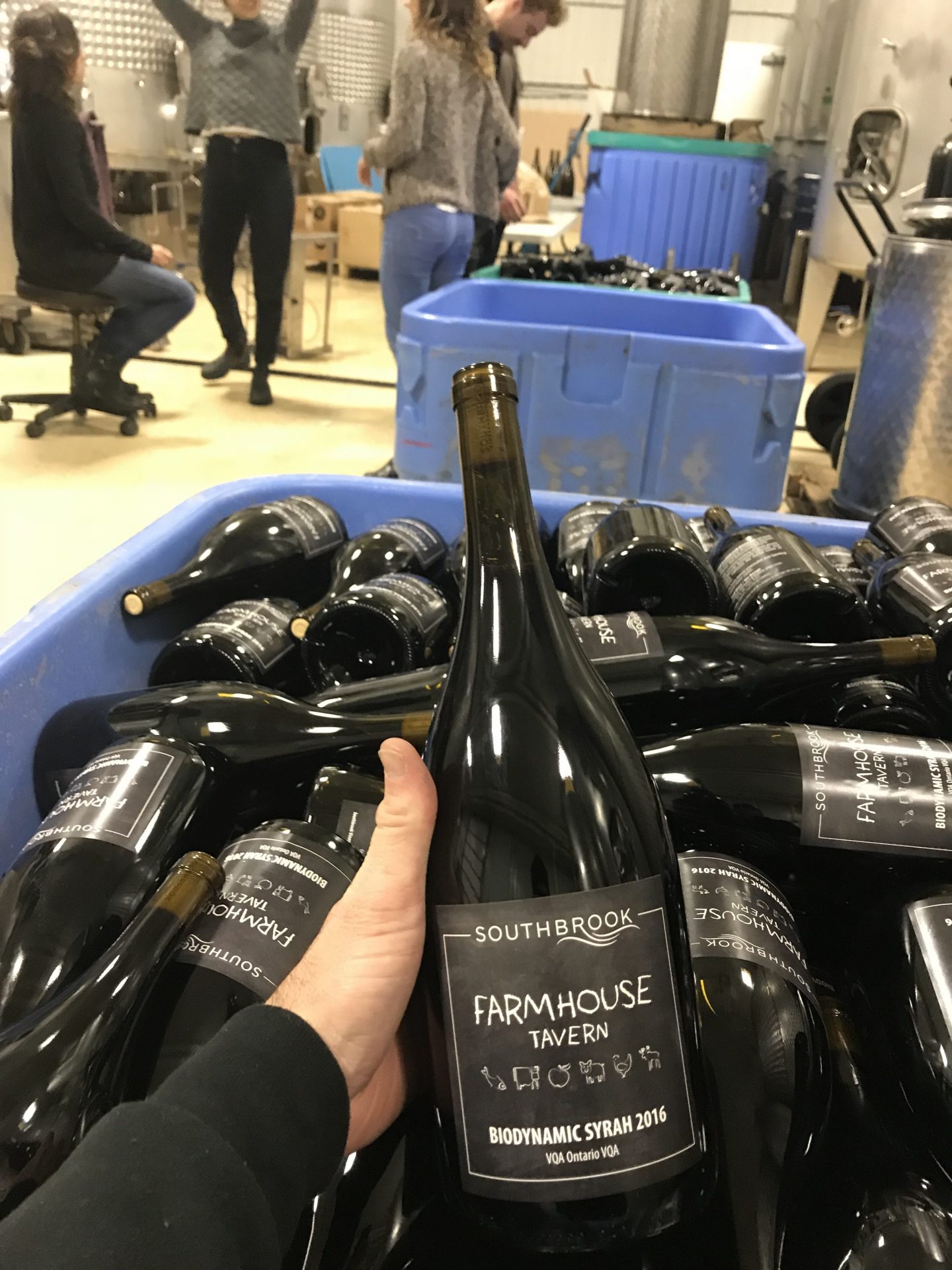
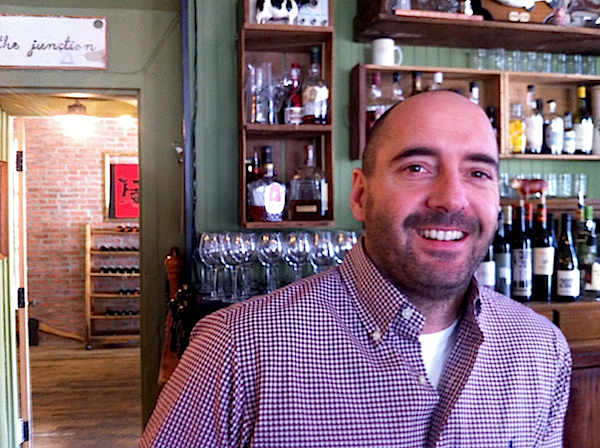
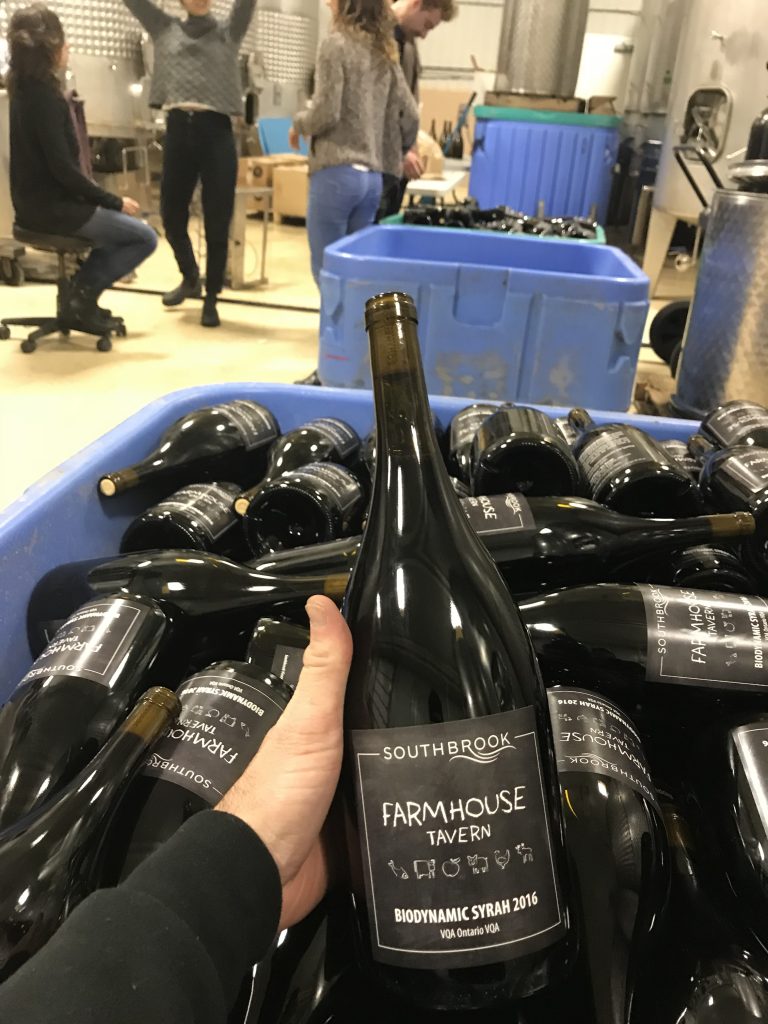

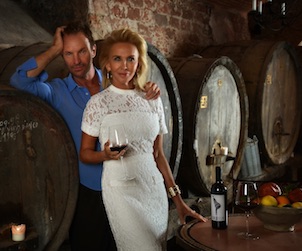
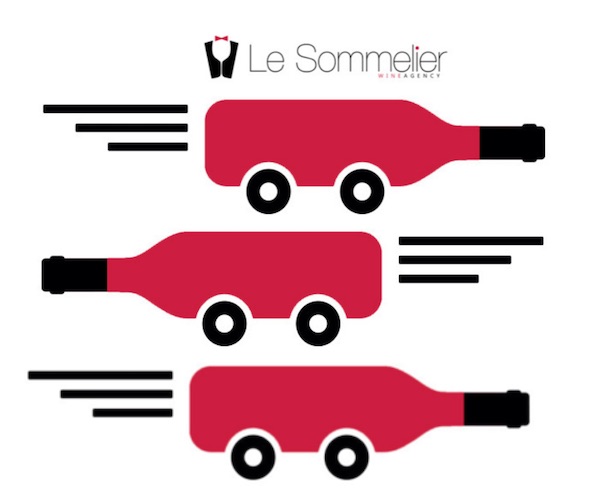
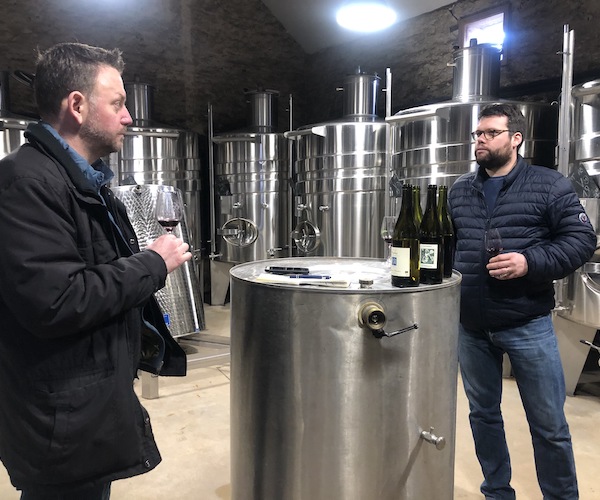
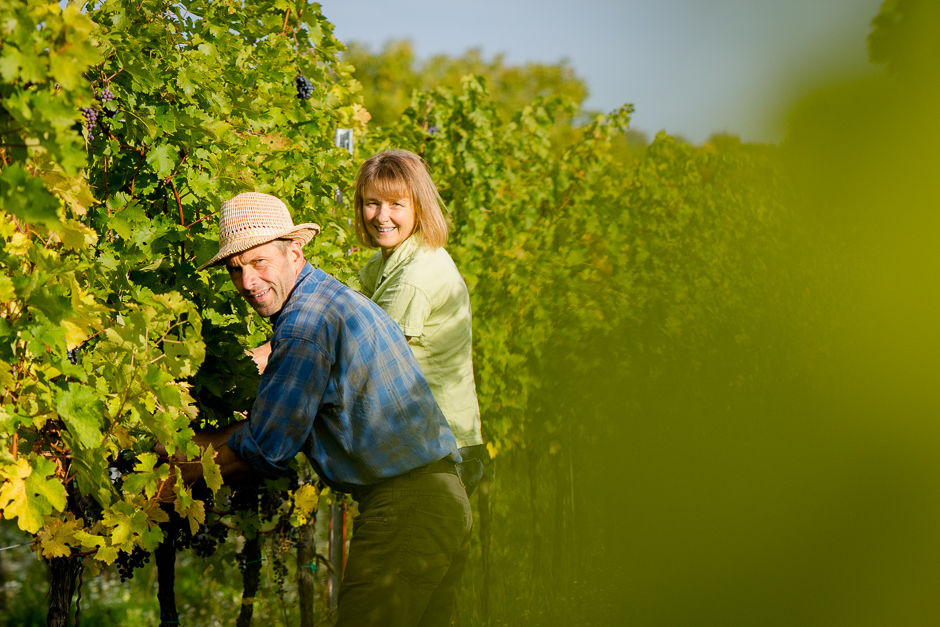

Respect and gratitude to Darcy and crew, for their support of great local wine. This kind of leadership is essential for us to develop our uniquely Ontario gastronomy.